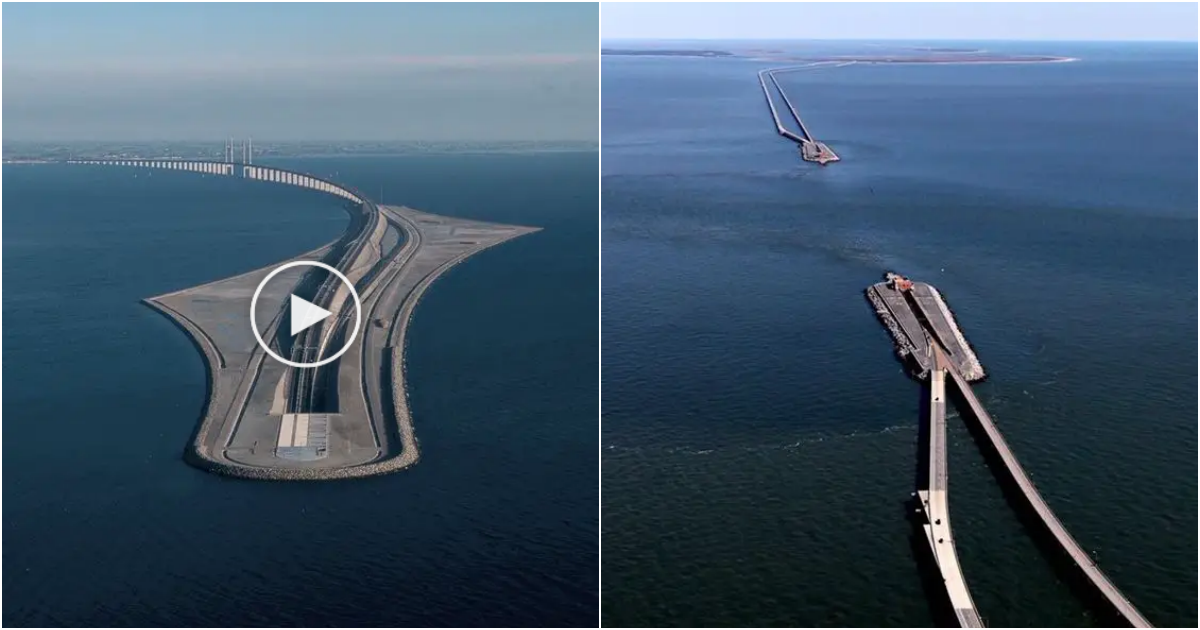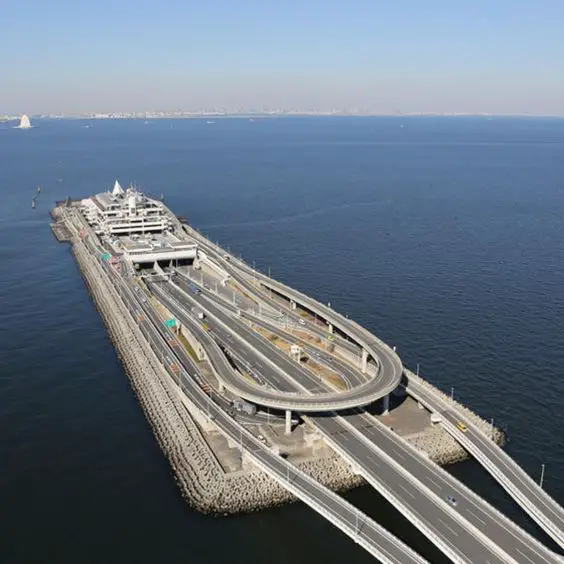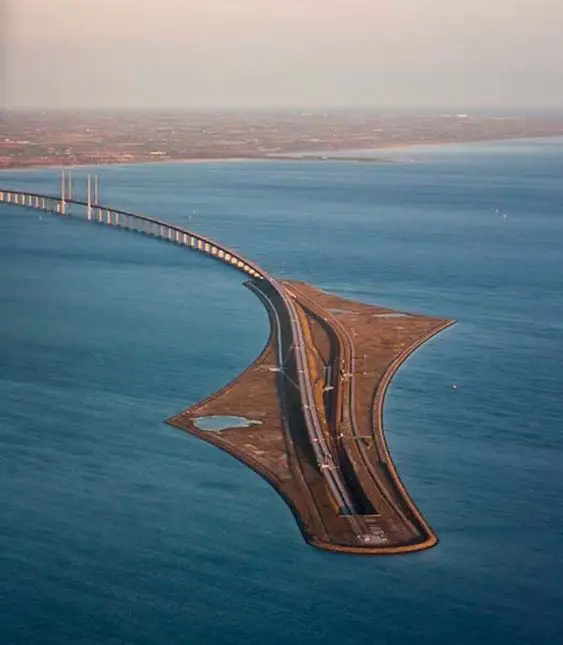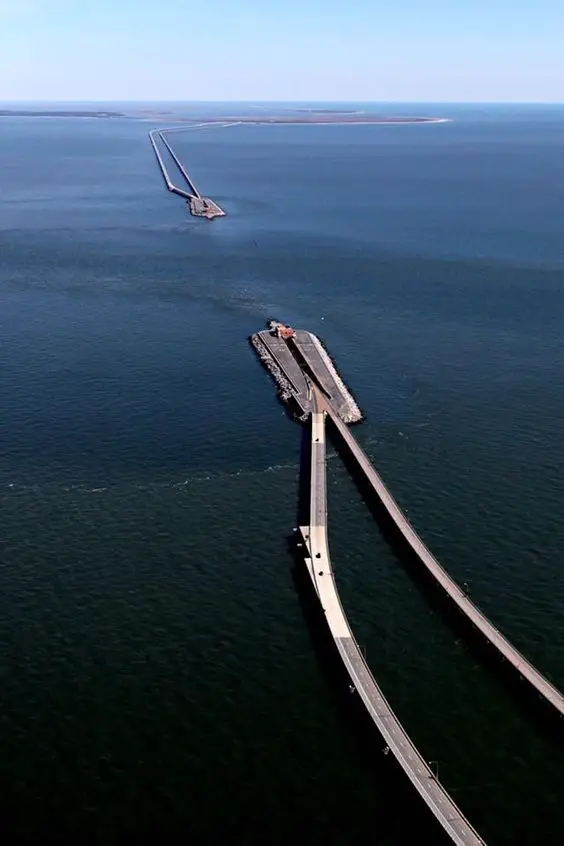Sea Journeys: Tracing the Fascinating Connections Between Continents

Sea routes, the vast network of navigable waters, have been instrumental in shaping global trade, exploration, and cultural exchange for centuries. These maritime pathways have connected continents, enabled the movement of goods and people, and played a pivotal role in the development of civilizations across the world.
Since ancient times, sea routes have been used for exploration and trade. The Phoenicians, Greeks, and later the Europeans embarked on daring voyages, seeking new lands, resources, and trade opportunities. These maritime endeavors not only expanded geographical knowledge but also facilitated the exchange of goods, ideas, and cultures between distant civilizations.

One of the most significant sea routes in history is the Silk Road Maritime Route, also known as the Maritime Silk Road. This ancient trade route connected Asia, Africa, and Europe, enabling the exchange of silk, spices, precious metals, and other valuable commodities. The Maritime Silk Road played a crucial role in promoting economic growth, cultural exchange, and technological advancements across multiple regions.
Sea routes have also played a vital role in the colonization and expansion of empires. European powers, such as Spain, Portugal, the Netherlands, and Britain, established maritime trade routes to connect their colonies and extract resources. The Age of Exploration witnessed the opening of new sea routes, such as Columbus’ route to the Americas and Vasco da Gama’s route to India, forever altering the course of history.
In the modern era, sea routes continue to be the backbone of global trade. Around 90% of the world’s goods are transported by sea, as large cargo ships navigate established shipping lanes to deliver commodities to various ports worldwide. These routes connect manufacturing hubs with consumer markets, enabling the flow of goods on a massive scale.
The strategic importance of sea routes cannot be underestimated. Control over key maritime chokepoints, such as the Strait of Malacca, the Suez Canal, and the Panama Canal, provides nations with significant geopolitical advantages. These vital sea routes allow for the efficient movement of goods between regions, ensuring global economic stability.






